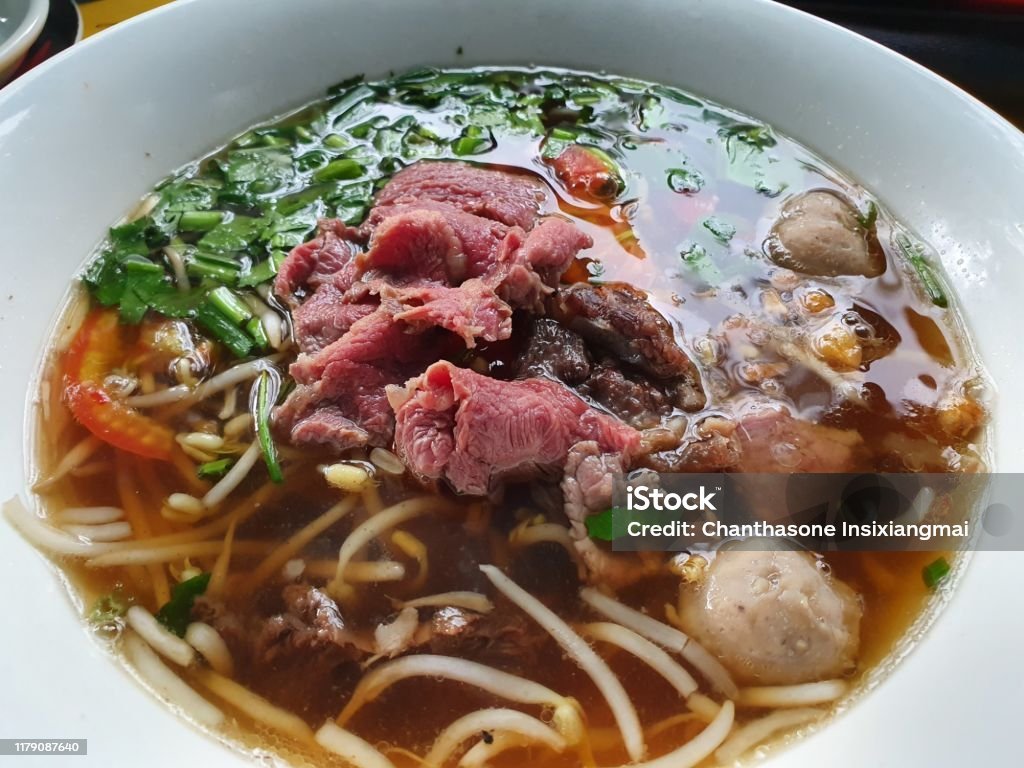
In the bustling streets of Vietnam, where the rhythm of life is set by the constant hum of engines and the symphony of honks, motorbikes reign supreme as the preferred means of transportation. This two-wheeled phenomenon has become integral to Vietnamese culture, shaping how people move and defining the urban landscape.
The Rise of the Motorbike Culture
Vietnam’s love affair with motorbikes can be traced back to the economic reforms of the late 20th century, which increased accessibility to personal transportation. As incomes rose and the middle class expanded, so did the demand for motorbikes. Today, these handy machines are a common sight on the chaotic streets of cities like Hanoi and Ho Chi Minh City, weaving through traffic with an almost dance-like precision.

Practicality and Affordability
The practicality of motorbikes in navigating the often congested and narrow streets of Vietnamese cities has contributed significantly to their popularity. Unlike cars, motorbikes can easily maneuver through tight spaces, making them a preferred choice for daily commuting. Moreover, their affordability makes them accessible to a wide range of individuals, from students to working professionals, contributing to their ubiquity.
The Pulse of Urban Life
In cities like Hanoi, where traffic can be a seemingly chaotic dance of vehicles, motorbikes serve as the pulse of urban life. They are not merely a mode of transport but a way of connecting with the vibrant energy of the streets. Markets, street food vendors, and small businesses thrive on the constant flow of motorbike commuters, creating a dynamic urban ecosystem.

Challenges and Solutions
However, the surge in motorbike usage has been challenging. Traffic congestion, air pollution, and safety concerns are growing issues facing Vietnamese cities. Efforts are being made to address these challenges, with initiatives ranging from improved public transportation to the promotion of electric scooters.
Touring Vietnam on Two Wheels
Beyond the urban landscape, motorbikes have become a symbol of exploration for locals and tourists alike. Vietnam’s scenic landscapes, from the terraced rice fields of Sapa to the coastal roads of Da Nang, are best experienced on the back of a motorbike. Travelers often opt for renting or joining guided motorbike tours to immerse themselves in the country’s diverse geography and culture.

Cultural Impact
The motorbike culture in Vietnam extends beyond practicality and tourism; it has seeped into the fabric of everyday life. Families gather on motorbikes, transporting people, goods, and even pets. It’s common to witness ingenious feats of balance as motorbike riders expertly navigate the streets loaded with goods for sale.
Conclusion
In Vietnam, the motorbike is more than just a mode of transport; it’s a cultural phenomenon that reflects the spirit and dynamism of the country. As the nation continues to evolve economically and socially, the ubiquitous motorbike will likely remain an enduring symbol of Vietnam’s unique identity, forever embedded in the daily rhythms of its people.








Comments are closed.